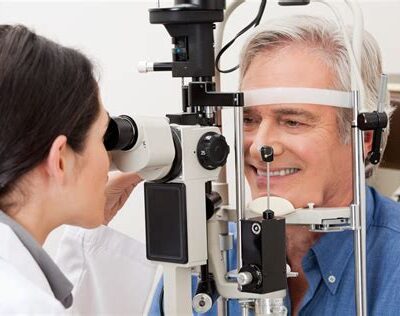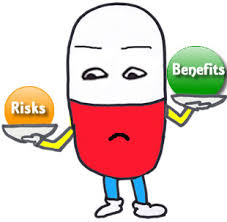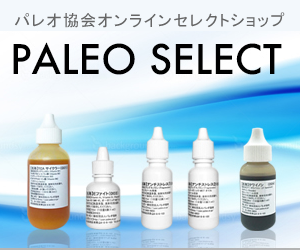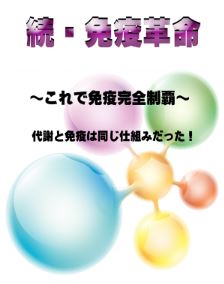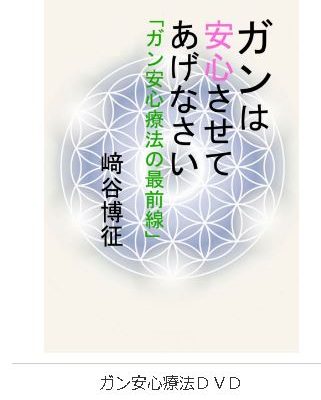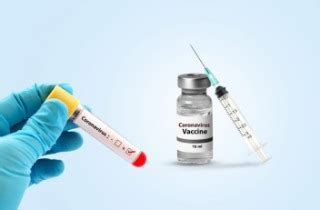砂糖やハチミツが糖尿病だけでなく、あらゆる慢性病に使用されてきたという歴史をご存知でしょうか?
疲れたときにサトウキビジュースを飲むと復活しますよね!(^^)!。
「糖尿病は砂糖で治る」というのは本当です(#^.^#)。
最近、パレオ協会にも黒砂糖やハチミツの摂取量についてのお問い合わせが増えています(*^。^*)。
昨日に投稿いたしましたが、食事の時間を限定すると確実にダイエットになるだけでなく、糖尿病などのメタボも治ります。
今回、ラットに対して砂糖あるいはデンプ質を2つのグループに分けて与える実験が行われました(PLoS One. 2018 Aug 15;13(8):e0201261)。
いわゆる高砂糖食および高デンプン質の実験ですね。
一つのグループは日中の活動時間限定に与えたもの。
もう一つのグループは時間制限なしに与えたもの。
その結果は・・・・
活動時間限定に砂糖を与えたグループでは、無制限に砂糖を与えたグループより肝臓の脂肪蓄積が有意に少なくなりました。
血液中の脂質やコルチゾールの濃度も低下傾向にありました。
砂糖は強力な抗ストレス作用をもっていますから、これは当然ですね(^○^)。
このことから日中の砂糖投与はメタボ予防になるという結論でした!(^^)!。
しかし、この実験のデータを見ると血液中のインシュリンや遊離脂肪酸などの推移がどうも理屈に合いません。
そこで再度、ラットの食餌内容を見ると・・・・
どうもラットに与えた砂糖の量は、人間の摂取量に換算(体重60kgとして)すると966g/日とかなりの量となります。
本当にこの量であっているのかを今、論文の著者に問い合わせていますが、この計算が間違いでなければ、1日に1kg近い砂糖を摂取することになります。
それはいくら私のような甘党でも無理ですね・・・・(^○^)
過去のデータでは、砂糖摂取量が1日500gを超えると、使用しない分はようやく脂肪に変換されます。
米国人で最も砂糖の摂取量が多い人でも1日300~400gとされていますから、日本人では到底達成できない量ですね。
まあ、この件は回答待ちとして・・・・・
(→早速、著者から返答を頂きました。人間の摂取量換算は分からないが、ラットは1日10gの砂糖を摂取したということでした。それに従うと、600g/日のヒトの摂取量に相当します。これでも多いですね(*^。^*))
この量でも日中の活動時間に摂取すれば(実際、私たちは睡眠時間以外でしか摂取しない)、メタボを改善させるという結果です。
砂糖悪玉説はこの実験でも見事に否定されました。
崎谷式16:8ダイエットをさらに後押しする実験結果ですね(^○^)。
|
Sugar cures metabolic syndrome! |
Do you know that sugar and honey has the history of curing not only diabetes but various kinds of chronic diseases?
Sugarcane juice rejuvenates you when you’re tired.
“Sugar cures diabetes”, this is true.
Recently we, Paleo Association, have been receiving increasing number of inquiries about the amount of brown sugar and honey intake.
As I posted on this blog yesterday, time-restricted feeding enables weight loss for sure and cures metabolic syndrome like diabetes.
Here is an experiment to feed rats with sugar or starch in two separate groups.
This is about high sucrose diet and high starch diet.
One group of rats was fed only in the daytime active phase and the other was fed ad lib.
The result was…
Active phase (daytime) restricted, high sucrose feeding group significantly showed less liver lipid accumulation compared to the group fed the same but ad lib.
Time-restricted group also showed the tendency of less blood lipids and cortisol. Sugar has a strong anti-stress effect, so this result is quite natural.
These results demonstrated that sucrose intake only during daytime prevents metabolic syndrome.
However, the data of fluctuations of blood insulin levels and free fatty acid in this experiment is strange.
So let’s take a look again at what these rats were fed…
The total amount of sugar intake of the rats is 10g/day.
Human equivalent dose (in case of 60kg weight) will be about 600g/day.
It’s impossible even for a person like me with such a sweet tooth…
According to previous experimental data, our body turns unused sugar into fat when total sugar intake exceeds 500g per day.
It’s said that even the most sugar fed people in US intake 300 to 400g per day, so it’s an unrealistic amount of sugar to take for Japanese.
In conclusion, this experiment showed that the total amount of sugar intake above ameliorate metabolic syndromes if it’s taken only in daytime active phase (we actually do so except our sleeping time).
This experiment clearly denies “sugar is villain” theory.
Also it endorses “Sakitani’s 16:8 diet method” even more!
(PLoS One. 2018 Aug 15;13(8):e0201261)。

